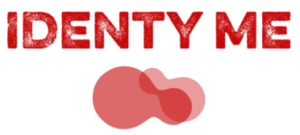If you are someone who loves whipping up something new every morning, knowing about creams and their various types can help you streamline your cooking process while allowing you to innovate in the kitchen. However, you must first understand the distinctions between them if you want to choose the best cream for your needs.
1. Heavy Cream
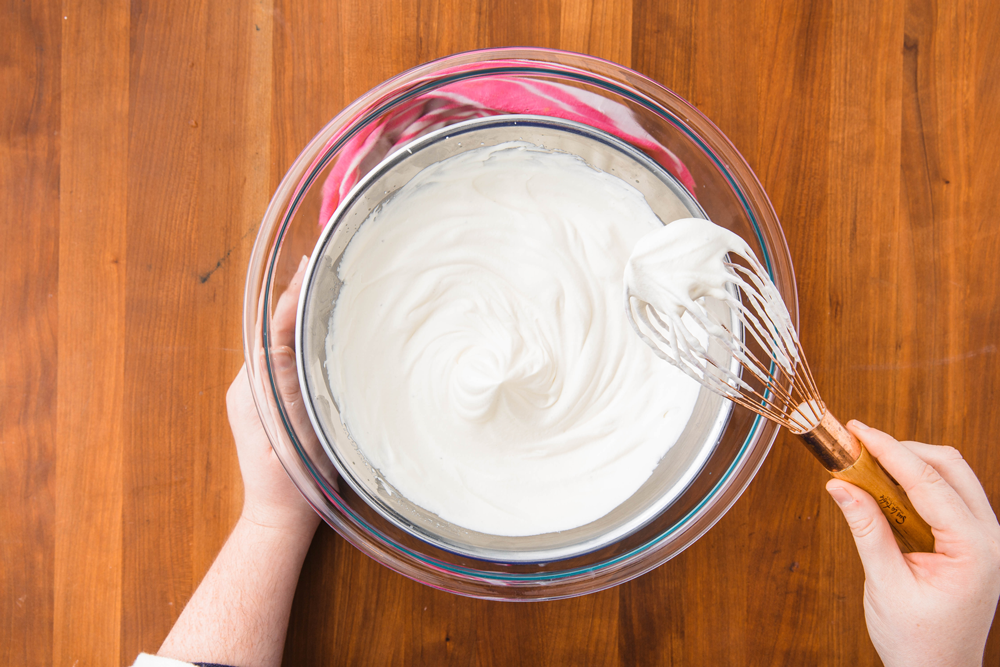
Heavy or ‘unadulterated’ cream is likely what a lot of people consider as the year zero of whippable dairy. It’s the most slender of the creams, wonderful to add to a creamy pasta sauce. Heavy cream won’t ever whip into the delicate pinnacles needed for a pastry – ensure you have thickened cream for this, which has gelatine or different thickeners added.
2. Double Cream
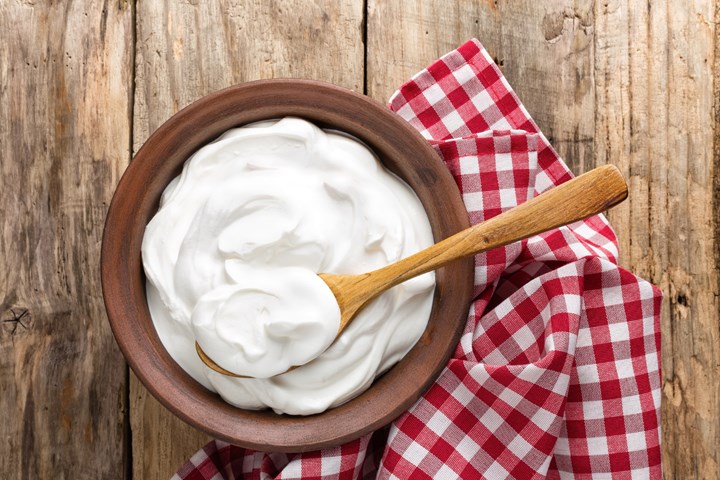
Double cream can be whipped and piped, making it a versatile option for individuals who love whipping up desserts. This type of cream has the largest fat concentration and is heat resistant. You can get your hands on the best creams at Mr. Nang, and the best part about their outlet is that it offers quick deliveries and quality products.
3. Clotted Cream
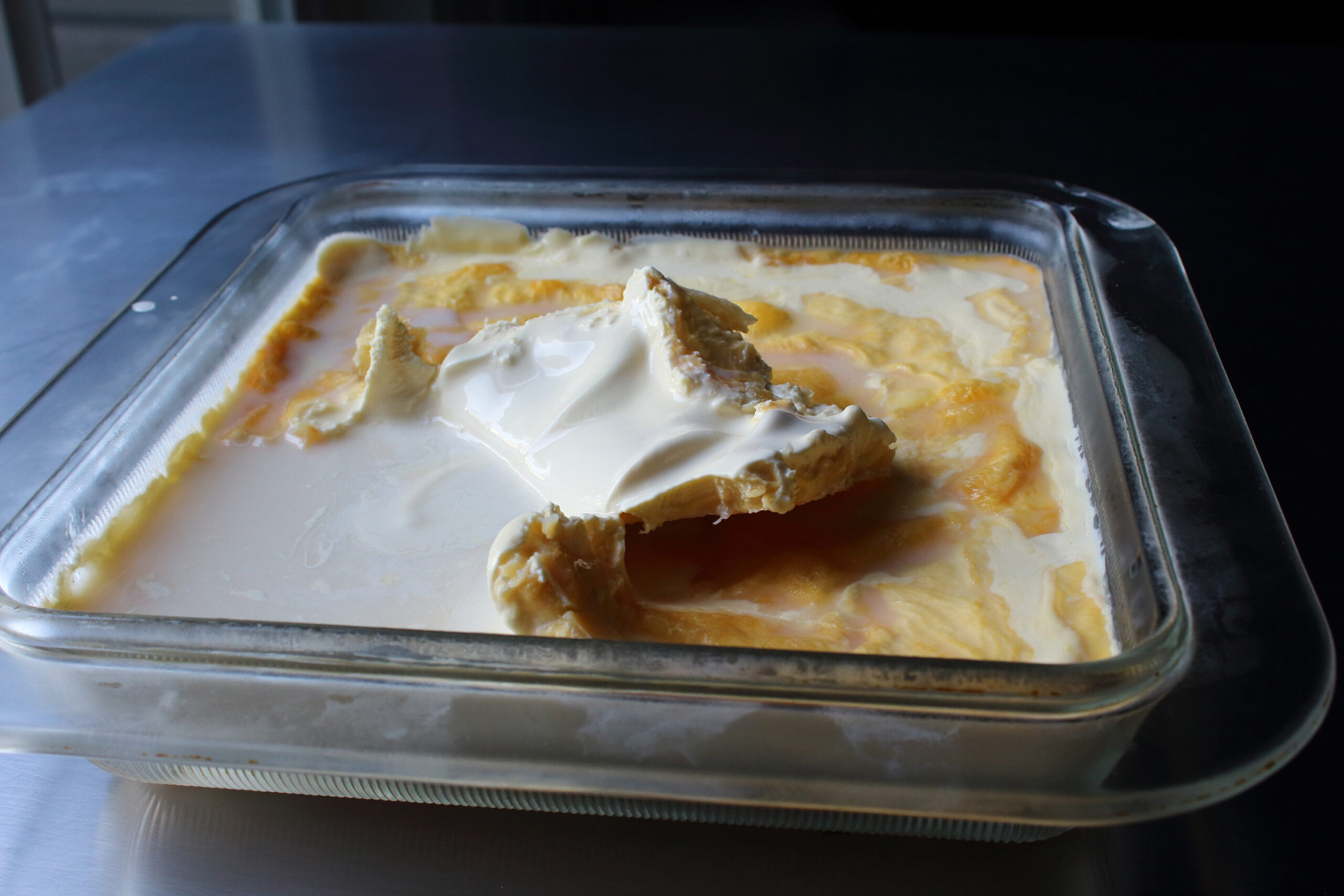
The origins of clotted cream can be traced back to Cornwall and Devon, the cream tea capitals of the United Kingdom. The act of indirect heating (scalding or clouting) thickens and ‘clots’ the cream, giving it an excessively thick, rich texture.
4. Whipping Cream
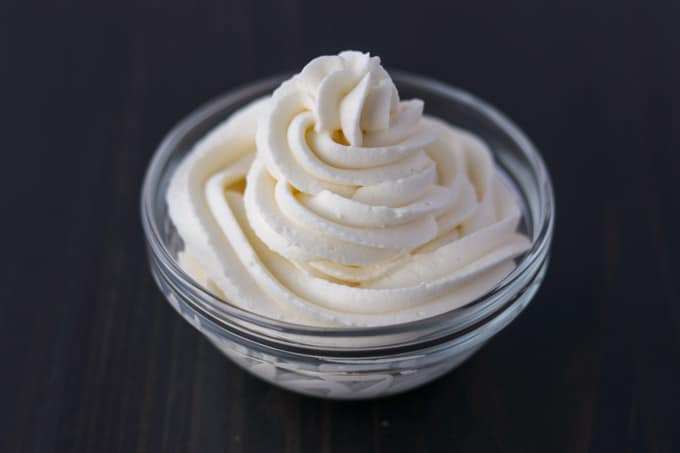
With a fat percentage of approximately 36%, this cream falls in between double and single variants. It’s perfect for whipping into a thick, stiff consistency that can be used to ice cakes, pastries, or any other dessert.
5. Creme de Chantilly
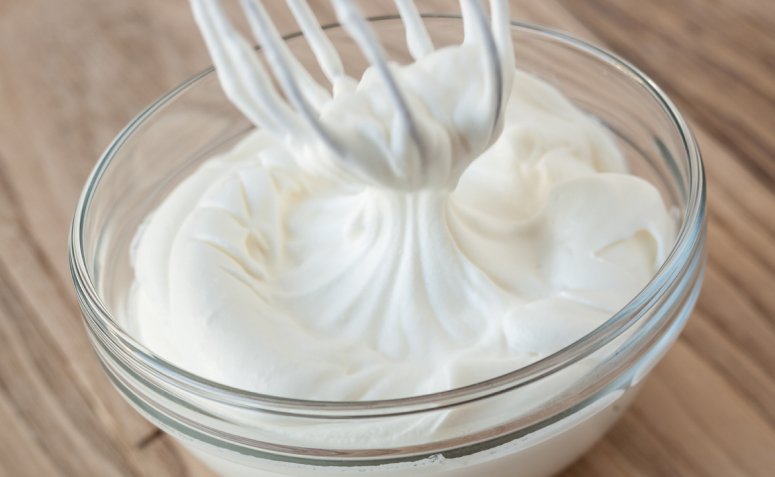
Whisked cream is just cream that has had air whipped into it till the texture is light and airy. Chantilly is a popular frosting choice for ice creams, cupcakes, puddings, fruit, and other desserts. It’s a versatile and multi-purpose cream that’s very simple to produce. Chantilly is frequently flavored with vanilla and serves as the foundational layer in various pastries and cakes.
6. Crème Fraîche
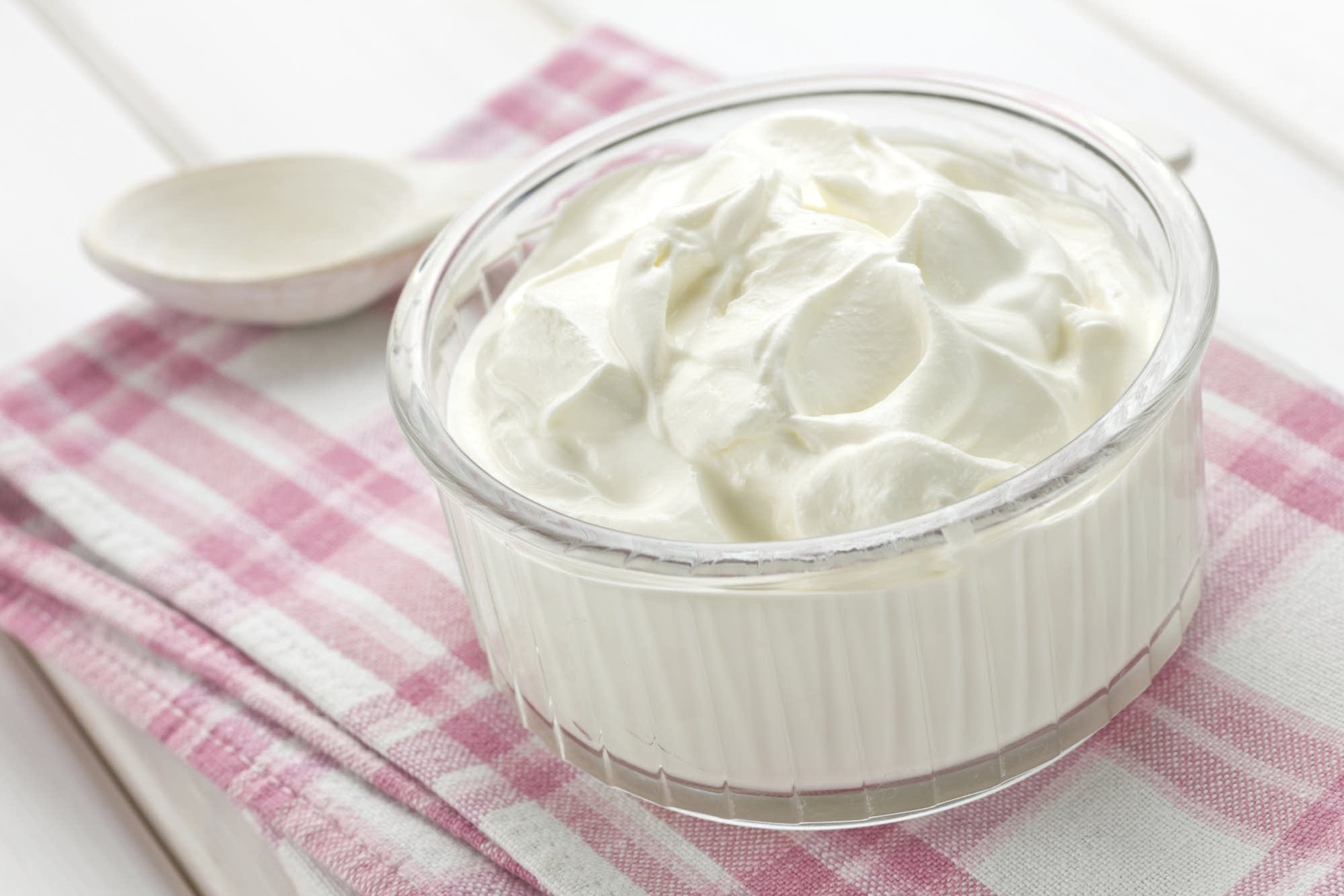
This French cream is thickened by culturing (naturally fermented or added after pasteurization), giving it a pleasantly acidic and nutty flavor and silky texture. It’s comparable to sour cream but with more fat and less tendency to curdle. It’s great for adding to soups, curries, or serving alongside sweets and fresh fruit and has a fat content of 39 to 50 percent. It cannot be whipped, but when cooked, it remains stable, making it an excellent addition to your cooking arsenal.
7. Half-and-Half

This type of cream is popular in the United States, and it’s made up of half cream and half milk. It’s commonly used in coffee, and it’s simple to make at home by blending milk and cream. It cannot be whipped due to the 10-12 percent low-fat content, but it can be used as a lighter substitute for ordinary cream or a more decadent alternative to whole milk in other recipes.
Conclusion
Now that you have complete knowledge about the various types of cream, get ready to include them in your recipes and whip tasty meals.
